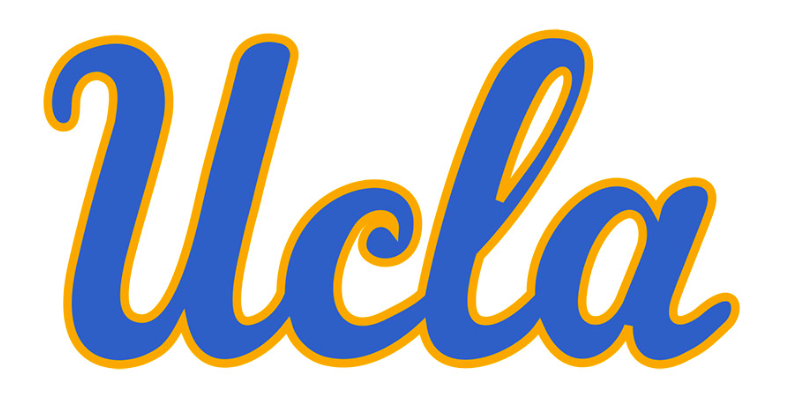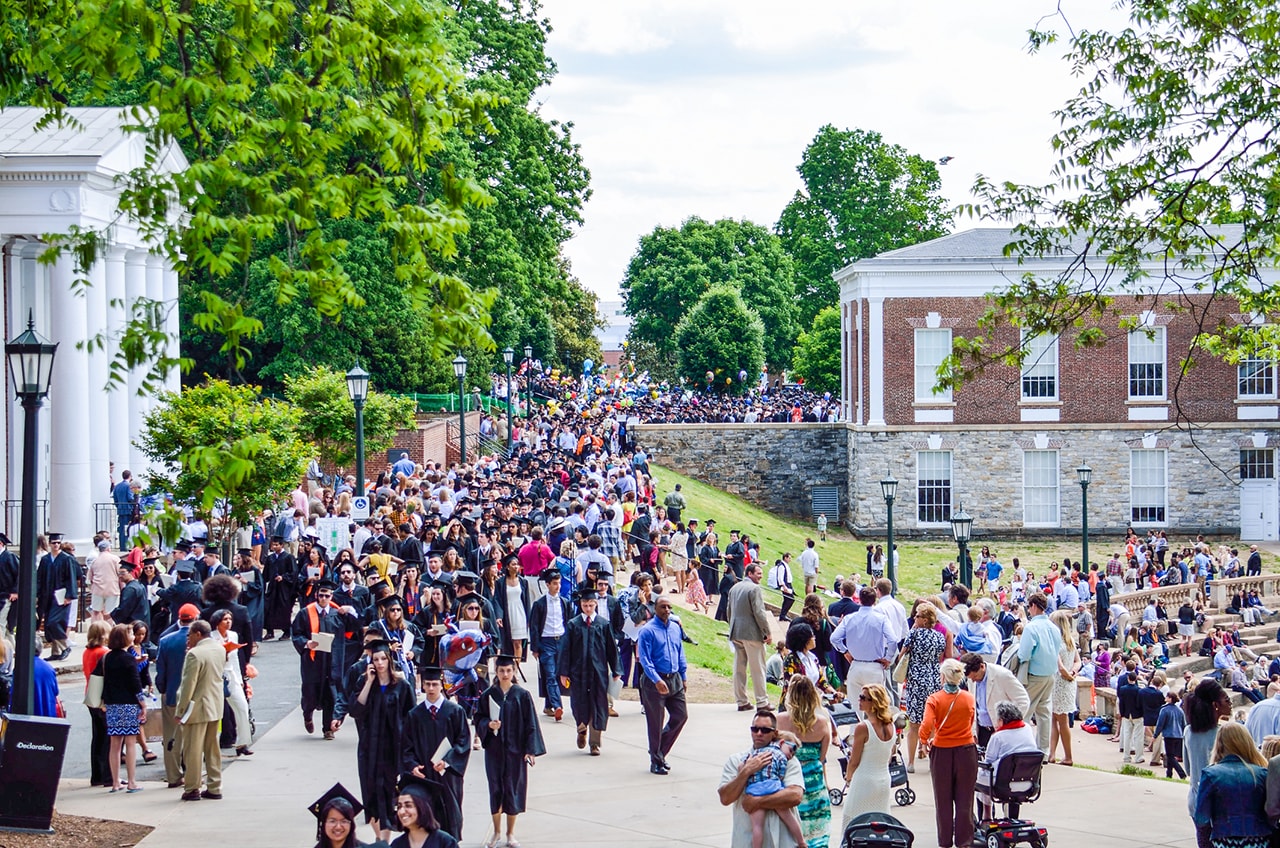UCLA Premed Information (2022-2023)
2021 – 2022 UCLA Premed Fast Facts
UCLA total MD Applicants (2021 – 2022) = 1298.
UCLA has the most medical school applicants of any United States undergraduate institution! Approximately half of applicants are accepted to medical school with an average MCAT of 513-514 and average GPA of 3.72.

About MedEdits
MedEdits helps students get admitted to medical school and residency programs. Our consultants have years of experience serving on medical school admissions committees, and as faculty members at the top medical schools in the country.
Need Help Navigating the PreMed Process?
Schedule a Free 15 Minute Consultation with a MedEdits expert.
Considered a “Public Ivy,” the University of California, Los Angeles (UCLA), is a highly selective and prestigious university and member of the University of California system. People across the country (and the world) with a wide variety of interests and goals apply every year.
One particularly popular track at UCLA is premed. Although not a major, thousands of students pursue a program that will prepare them for medical school and a career as a physician. In fact, UCLA often appears on national rankings lists of top premed institutions.
But while admission to UCLA is competitive enough, succeeding as a premed is even more challenging. So, how do you do it?
Undergraduate requirements
UCLA advises all pre-health students to take the following courses:
| Biology: One year with lab | Life Sciences 7A, 7B, and 7C + 23L | Life Sciences 107 |
| General chemistry: One year with lab | One of the following:
Chemistry 14A, 14B, and 14BL Chemistry 20A, 20B, and 20L |
Chemistry 30AL |
| Organic chemistry: One year with lab | One of the following:
Chemistry 14C, 14CL, and 14D Chemistry 30A, 30BL, and 30B |
Chemistry 30C |
| Biochemistry: One course | Chemistry 153A | Chemistry 153L |
| Math: One year | One of the following:
Math 3A, 3B, and 3C Math 31A, 31B, and 32A Life Sciences 30A, 30B, and 40 or Statistics 13 |
Statistics 10 and 12
Program in Computing 10A Biostatistics 100A and 110A Biomathematics 110, 160, and 170A |
| Physics: One year with lab | One of the following:
Physics 5A, 5B, and 5C Physics 6A, 6B, and 6C Physics 1A, 1B, and 1C Plus: Physics 4AL and 4BL* |
Life Sciences 107 |
| College-level English/writing: One year | 3 English, Comparative Literature, or “W” courses | |
| Courses helpful for MCAT prep: | Psychology 10
Sociology 1 |
Additionally, these courses are recommended to premeds in particular for MCAT preparation:
- Psych 10: Introduction to Psychology
- Sociol 1: Introduction to Sociology
These recommendations align with requirements for entry to most medical schools, but you should check with individual institutions to ensure you have completed the requisite curriculum for admission into a particular program. Do this early so you can plan ahead while you still have time.
Resources at UCLA
Unlike many universities of its caliber, UCLA does not specifically offer premed advising. Still, students can work with academic advisors, mentors, and counselors for guidance and support. UCLA suggests visiting a Department Advisor for help choosing courses, planning timelines, and more. They can also work with representatives from the Career Center.
Planning your courses and schedule
When planning out your schedule for your undergraduate college career, you should start by taking into account all requirements.
Consider the following additional university-wide requirements when planning your courses. (Specific requirements vary by school and major.)
- GE Requirement
- Diversity Requirement
- Foreign Language Requirement
- Writing II Requirement
- Foreign Language in English Translation
Additionally, look at the requirements for your major, along with the recommended premed courses.
Then, you need to decide when to take different courses. Think about the difficulty and reputation of each class — you can often find this information in student forums or by speaking with upperclassmen — and strive for a balance so that you’re not taking all the easy or extremely difficult courses in one semester.
How to succeed as a premed at UCLA
UCLA is an extraordinarily challenging school, and many students who start out as premeds don’t end up completing that track or gaining admission to medical school. To ensure you do succeed and survive those dreaded “weed-out” courses, here’s what to do.
Develop good study habits early on.
It’s important to understand that your GPA is extremely important for admission to med school, so you need to study hard. Work early to develop a plan and methodology for learning the content, and sustain it throughout college. This might involve going to office hours or working with a tutor — whatever helps.
Balance your course load.
We’ve touched on how critical it is to balance your course load, such that you have a mix of less challenging and more difficult courses each semester, rather than taking all easy or hard classes at once. Consider all requirements and electives, planning ahead on how to best address them.
Collaborate with your peers
Yes, many premed courses are graded on a curve, such that it may seem like you’re competing against other students. However, if you work with them, rather than against them, it will be better for everyone. Remember, too, that your fellow students can be a huge asset. Join or create a premed study group, for example, so that you can work together.
Develop strong relationships with TAs and faculty.
Most medical schools ask for recommendation letters from both science and non-science professors. That’s part of why getting to know your instructors is a pivotal part of your plan. Moreover, you are more likely to succeed if you show that you care about the material and course — you want faculty on your side.
Consider the Cluster Program
UCLA offers a unique Cluster Program, in which students take courses around a single subject as freshmen. According to the university, among other benefits, students who participate graduate with a higher GPA on average than those who don’t. Additionally, they develop key competencies and skills, and students often fulfill many GE requirements this way.
Choose carefully, though, ensuring that you will, in fact, be able to fulfill requirements. Make the most of the opportunity, too, getting to know fellow students, professors, and TAs. Remember to work hard and keep your GPA up.
Plan your extracurriculars.
Being a premed doesn’t end with your academic life. Medical schools want to see extracurriculars — volunteer work, research, clinical participation, and so on — on your resume, too. Fortunately, UCLA has plenty of on-campus activities, from student clubs and organizations to selective societies. Plus, Los Angeles and surrounding areas offer plenty of opportunities.
The key when deciding what opportunities to explore is to create your own niche; don’t simply do what everyone else is doing and try to avoid “common” activities that exist at every undergraduate institution.
Some UCLA Clinical Community Service Opportunities:
- Care Extenders Program
- Student Stroke Force/Team
- SCOPE at UCLA
- ARC Medical Program
- Bruin Beans
- CTSI RAP
- PULSE UCLA
- APA Health CARE
- Fellowship for International Service and Health (FISH)
- Medical Experience through Service in Healthcare (MESH)
Some Community Service Opportunities:
- Mobile Clinic Project
- Bruin Shelter
- Hunger Project
- Pediatric AIDS Coalition
- USAC Community Service Commision (CSC)
- Learning Assistant (LA) Program
- Peer Learning Facilitator (PLF) Program
- CURE at UCLA
- InterAxon
- The Bruin Experiment
- Student Leader Advocates of Music
- CityLab
UCLA Acceptance Rates to Medical School
In 2020, 53% of UCLA graduates who applied were accepted into medical school. That’s significantly higher than the national acceptance rate of 43%. In fact, since 2015, UCLA students consistently saw an acceptance rate higher than the national one.
But that doesn’t mean you can rest on your laurels, knowing that you’re at a top premed school. Nearly half of UCLA students who applied to medical school weren’t accepted in 2020. Remember that all medical schools are extraordinarily competitive — and you must prove that you’re the best of the best, even among top students.





